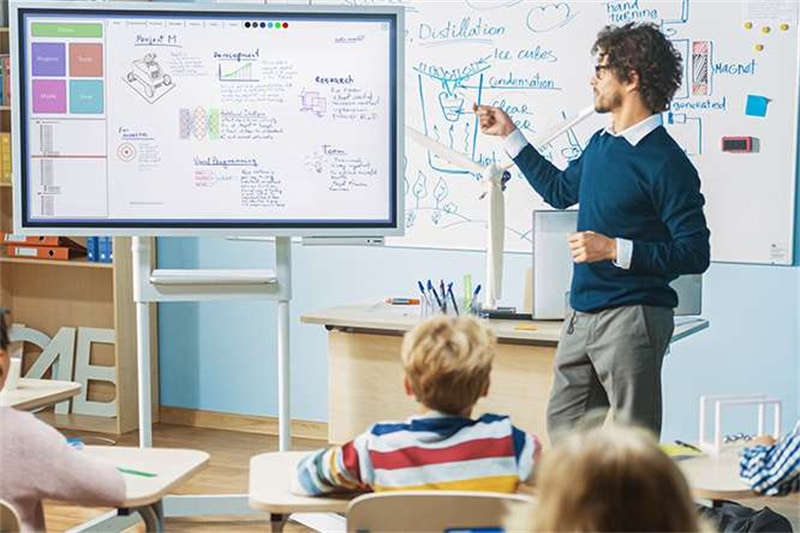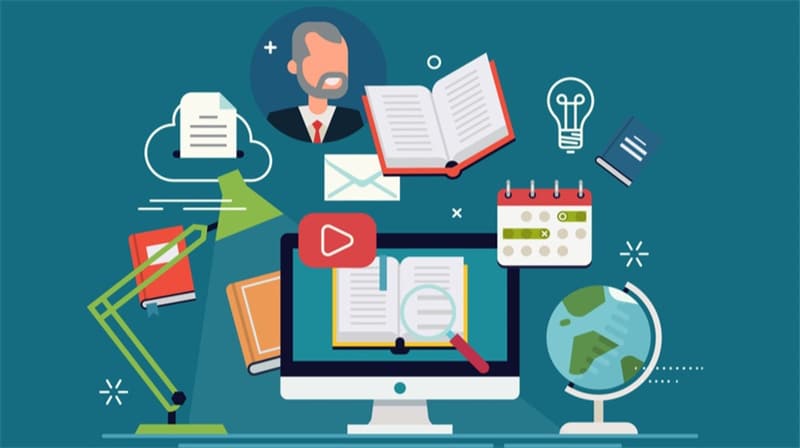In the 21st century, it’s an undeniable fact that learning has evolved significantly with the advent of technology.
From traditional classroom teaching to online learning, the educational landscape has witnessed a dramatic transformation. In this article, we delve into some practical strategies for optimizing learning with technology. Let’s explore how HelpMeDoMyAssignment.com and other innovative platforms are reshaping the learning experience for students worldwide.
Integration of Technology in the Classroom: Best Practices

The integration of technology in the classroom is not about replacing the teacher or traditional teaching methods; it’s about enhancing the learning experience and making it more engaging and interactive. Here are some best practices to consider.
The Role of Interactive Whiteboards
Interactive whiteboards are powerful tools that can transform teaching and learning. They allow teachers to present information in a visual and engaging way, and they encourage student interaction and collaboration. Interactive whiteboards can be used to display videos, play educational games, and conduct real-time assessments.
The Power of Online Collaborative Tools
Online collaborative tools like Google Docs, Padlet, and Kahoot are revolutionizing the way students learn and collaborate. These tools allow students to work together on projects, share ideas, and give and receive feedback in real time. They also give teachers the ability to monitor progress and provide timely feedback.
Making the Most of Learning Management Systems
Learning Management Systems (LMS) like Moodle, Canvas, and Google Classroom are excellent platforms for managing and delivering educational courses. They allow teachers to create, distribute, and grade assignments digitally. They also provide a platform for discussions, announcements, and resource sharing.
Enhancing Learning Outcomes through Educational Apps and Platforms
The advent of educational apps and platforms has revolutionized the learning process. Here’s how they are enhancing learning outcomes.
Gamification of Learning
Gamification, the application of game-design elements in non-game contexts, has found its way into education. Apps like Duolingo, Quizlet, and Kahoot use gamification to make learning fun and engaging. They use rewards, badges, and leaderboards to motivate students to learn and achieve their goals.
Augmented Reality in Education
Educational platforms are now using augmented reality (AR) to provide immersive learning experiences. Apps like Google Expeditions and AR Flashcards allow students to interact with 3D models, bringing abstract concepts to life. This not only makes learning more interesting, but also enhances understanding and retention.
Flipped Classroom Approach
The flipped classroom approach, where traditional homework and lectures are inverted, is made possible through educational platforms. Apps like Khan Academy and Coursera provide video lectures for students to watch at home, freeing up class time for interactive activities and discussions. This approach promotes self-paced learning and enhances understanding.
Personalized Learning with Adaptive Technology: Strategies for Success
Adaptive technology has made personalized learning a reality. Let’s look at some strategies for success.
Using Adaptive Learning Platforms
Adaptive learning platforms like DreamBox, Socrative, and HelpMeDoMyAssignment.com adjust to each student’s learning pace and style. They use algorithms to tailor content and assessments based on individual performance and feedback. This personalized approach helps students learn at their own pace and enhances understanding.
Incorporating Artificial Intelligence
Artificial Intelligence (AI) in education is no longer a distant future concept. AI-powered platforms like Century Tech use machine learning to adapt content and provide personalized feedback. They identify gaps in learning and provide recommendations for improvement.
Leveraging Data Analytics
Data analytics in education can provide valuable insights into student performance and learning patterns. Platforms like BrightBytes analyze data from various sources to identify trends, predict performance, and provide actionable insights. This helps educators make informed decisions and tailor their teaching strategies.
Creating a Digital Learning Environment for Optimal Student Engagement

Creating a digital learning environment is not just about using technology; it’s about creating an environment that promotes engagement and learning. Here are some strategies.
Building a Digital Learning Community
A digital learning community encourages collaboration and interaction. Platforms like Edmodo provide a safe and interactive space for students and teachers to connect, share resources, and collaborate on projects. This builds a sense of community and promotes active learning.
Incorporating Multimedia in Teaching
Incorporating multimedia in teaching can make lessons more engaging and memorable. Videos, podcasts, and interactive presentations can be used to present information in a visually appealing and easy-to-understand manner. Platforms like TED-Ed and YouTube provide a wealth of educational content that can be incorporated into lessons.
Promoting Digital Literacy
Promoting digital literacy is crucial in a digital learning environment. Students should be taught how to use technology responsibly and effectively. This includes understanding privacy settings, verifying information, and practicing good digital citizenship.
In conclusion, technology offers numerous opportunities to enhance learning and teaching. Whether it’s through interactive whiteboards, educational apps, adaptive technology, or digital learning communities, technology can transform education. However, it’s important to remember that technology is a tool, not a solution.
It should be used to support and enhance traditional teaching methods, not replace them. As educators, our goal should always be to create a learning environment that promotes understanding, engagement, and lifelong learning.
